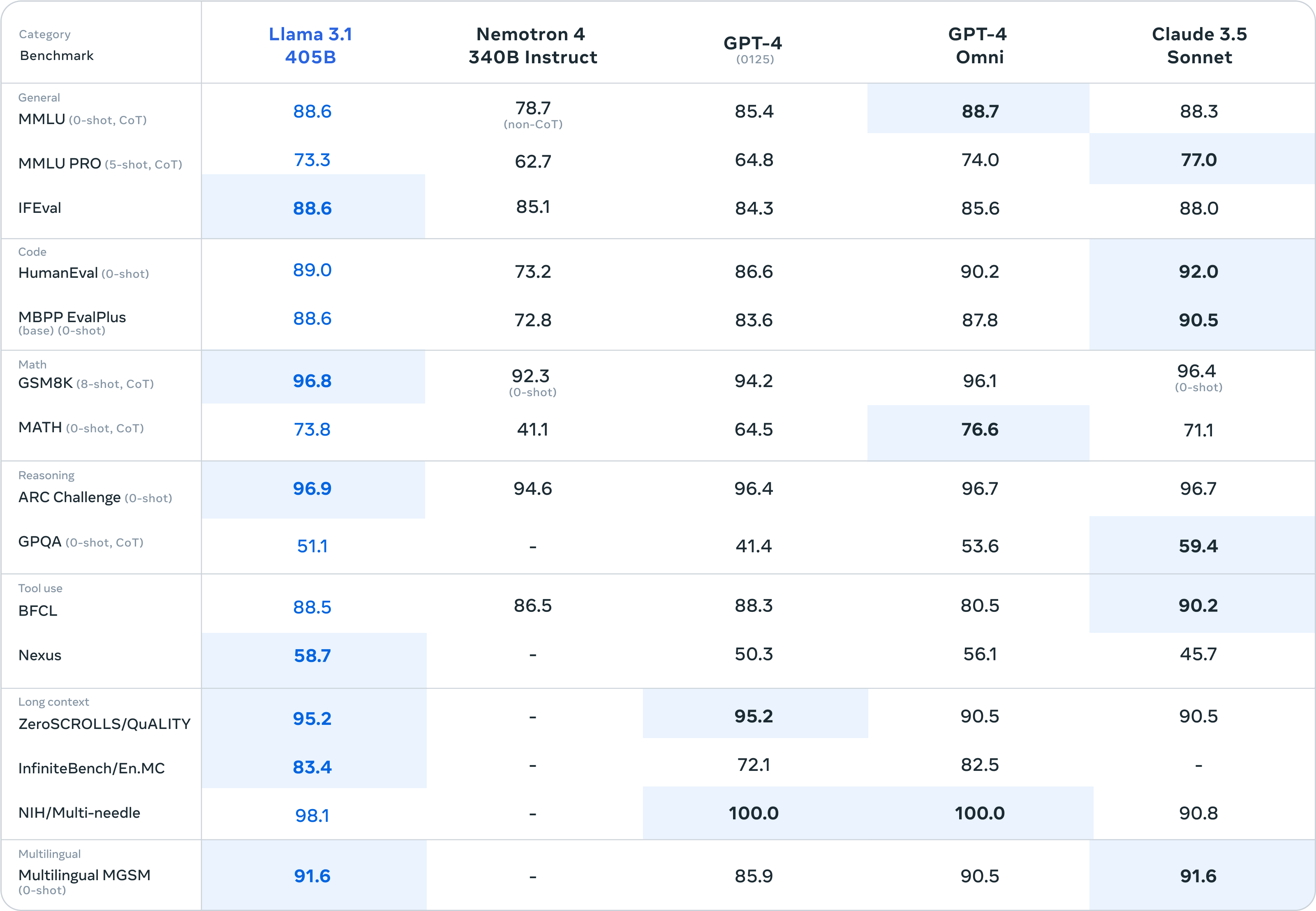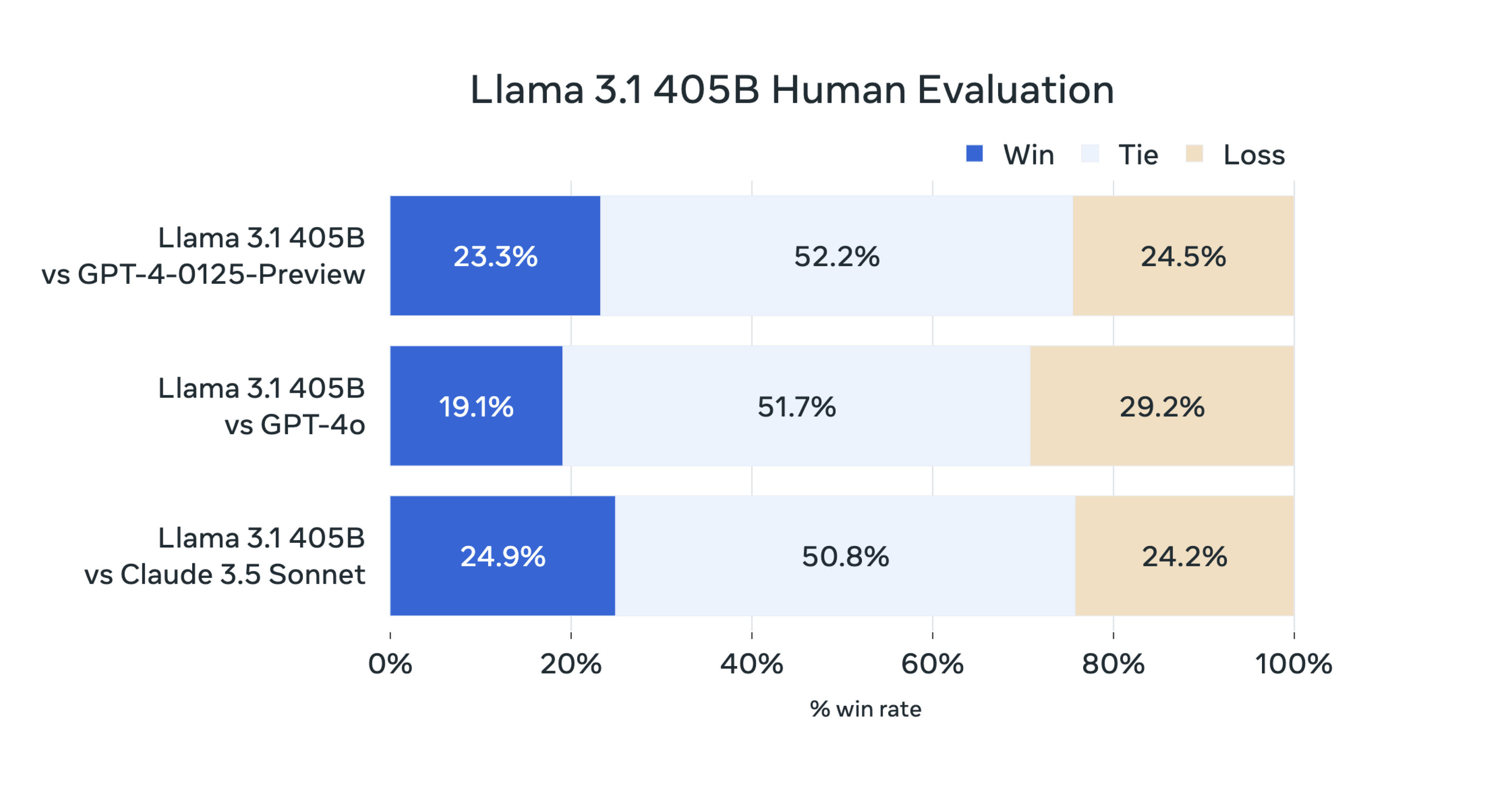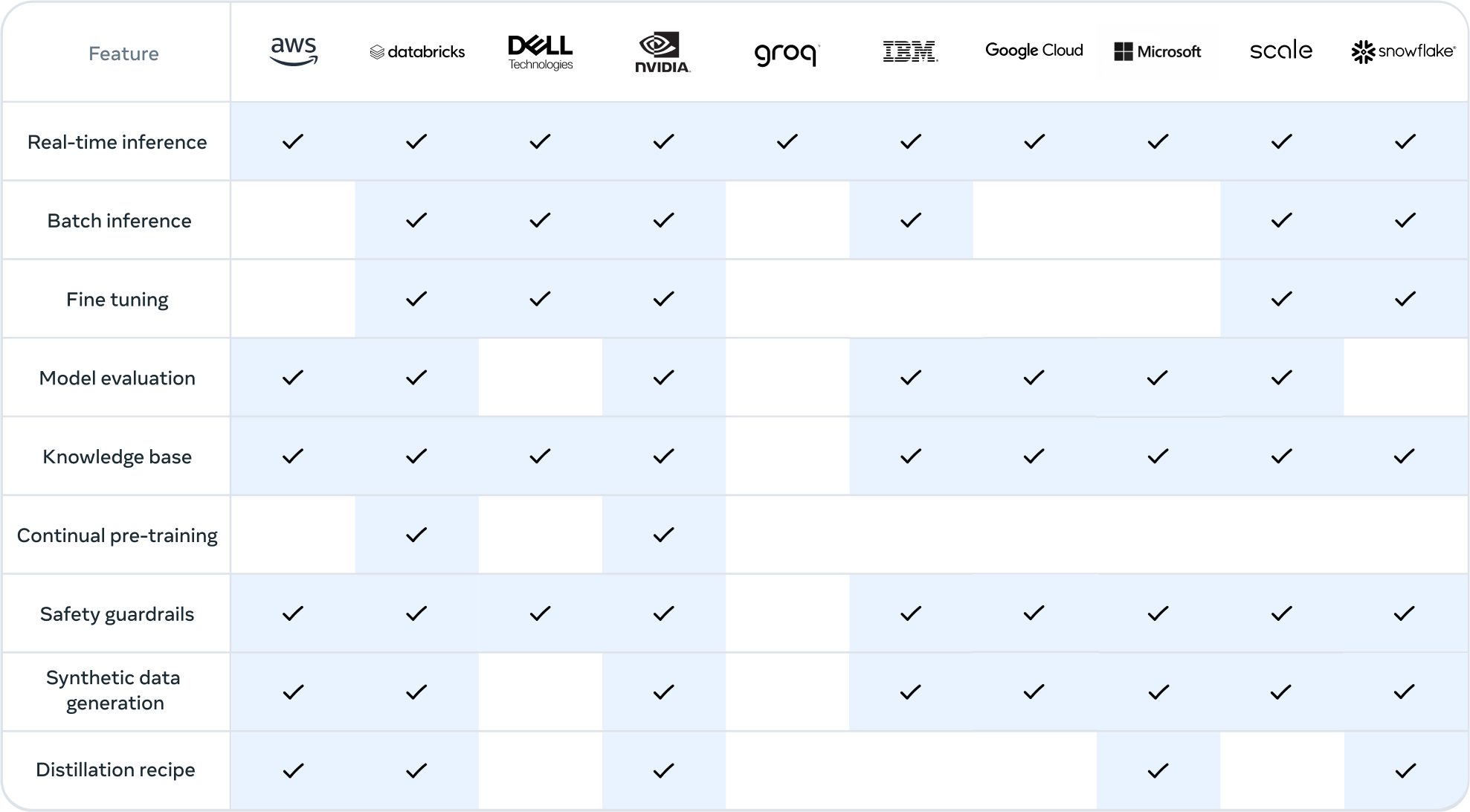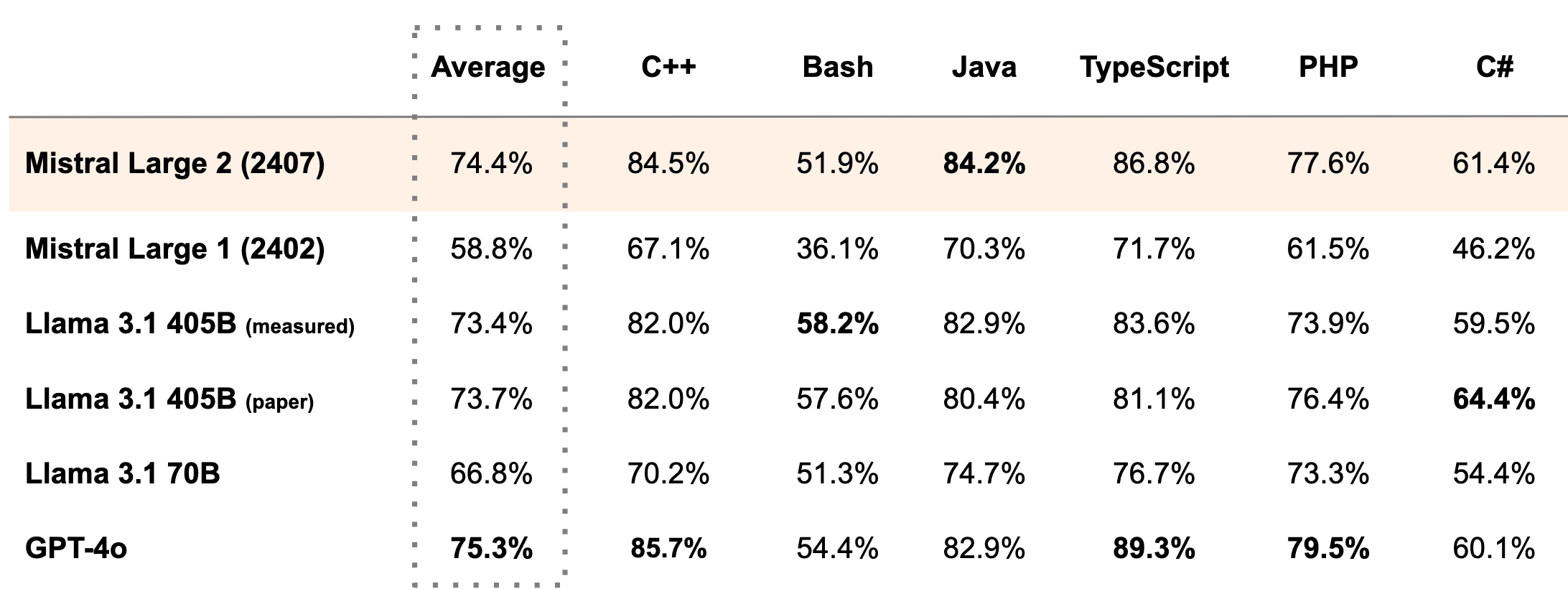Quoted from Reddit:
Today, we’re excited to announce the launch of the Open Model Initiative, a new community-driven effort to promote the development and adoption of openly licensed AI models for image, video and audio generation.
We believe open source is the best way forward to ensure that AI benefits everyone. By teaming up, we can deliver high-quality, competitive models with open licenses that push AI creativity forward, are free to use, and meet the needs of the community.
Ensuring access to free, competitive open source models for all.
With this announcement, we are formally exploring all available avenues to ensure that the open-source community continues to make forward progress. By bringing together deep expertise in model training, inference, and community curation, we aim to develop open-source models of equal or greater quality to proprietary models and workflows, but free of restrictive licensing terms that limit the use of these models.
Without open tools, we risk having these powerful generative technologies concentrated in the hands of a small group of large corporations and their leaders.
From the beginning, we have believed that the right way to build these AI models is with open licenses. Open licenses allow creatives and businesses to build on each other's work, facilitate research, and create new products and services without restrictive licensing constraints.
Unfortunately, recent image and video models have been released under restrictive, non-commercial license agreements, which limit the ownership of novel intellectual property and offer compromised capabilities that are unresponsive to community needs.
Given the complexity and costs associated with building and researching the development of new models, collaboration and unity are essential to ensuring access to competitive AI tools that remain open and accessible.
We are at a point where collaboration and unity are crucial to achieving the shared goals in the open source ecosystem. We aspire to build a community that supports the positive growth and accessibility of open source tools.
For the community, by the community
Together with the community, the Open Model Initiative aims to bring together developers, researchers, and organizations to collaborate on advancing open and permissively licensed AI model technologies.
The following organizations serve as the initial members:
- Invoke, a Generative AI platform for Professional Studios
- ComfyOrg, the team building ComfyUI
- Civitai, the Generative AI hub for creators
- LAION, one of the largest open source data networks for model training
To get started, we will focus on several key activities:
•Establishing a governance framework and working groups to coordinate collaborative community development.
•Facilitating a survey to document feedback on what the open-source community wants to see in future model research and training
•Creating shared standards to improve future model interoperability and compatible metadata practices so that open-source tools are more compatible across the ecosystem
•Supporting model development that meets the following criteria:
- True open source: Permissively licensed using an approved Open Source Initiative license, and developed with open and transparent principles
- Capable: A competitive model built to provide the creative flexibility and extensibility needed by creatives
- Ethical: Addressing major, substantiated complaints about unconsented references to artists and other individuals in the base model while recognizing training activities as fair use.
We also plan to host community events and roundtables to support the development of open source tools, and will share more in the coming weeks.
Join Us
We invite any developers, researchers, organizations, and enthusiasts to join us.
If you’re interested in hearing updates, feel free to join our Discord channel.
If you're interested in being a part of a working group or advisory circle, or a corporate partner looking to support open model development, please complete this form and include a bit about your experience with open-source and AI.
Sincerely,
Kent Keirsey
CEO & Founder, Invoke
comfyanonymous
Founder, Comfy Org
Justin Maier
CEO & Founder, Civitai
Christoph Schuhmann
Lead & Founder, LAION








